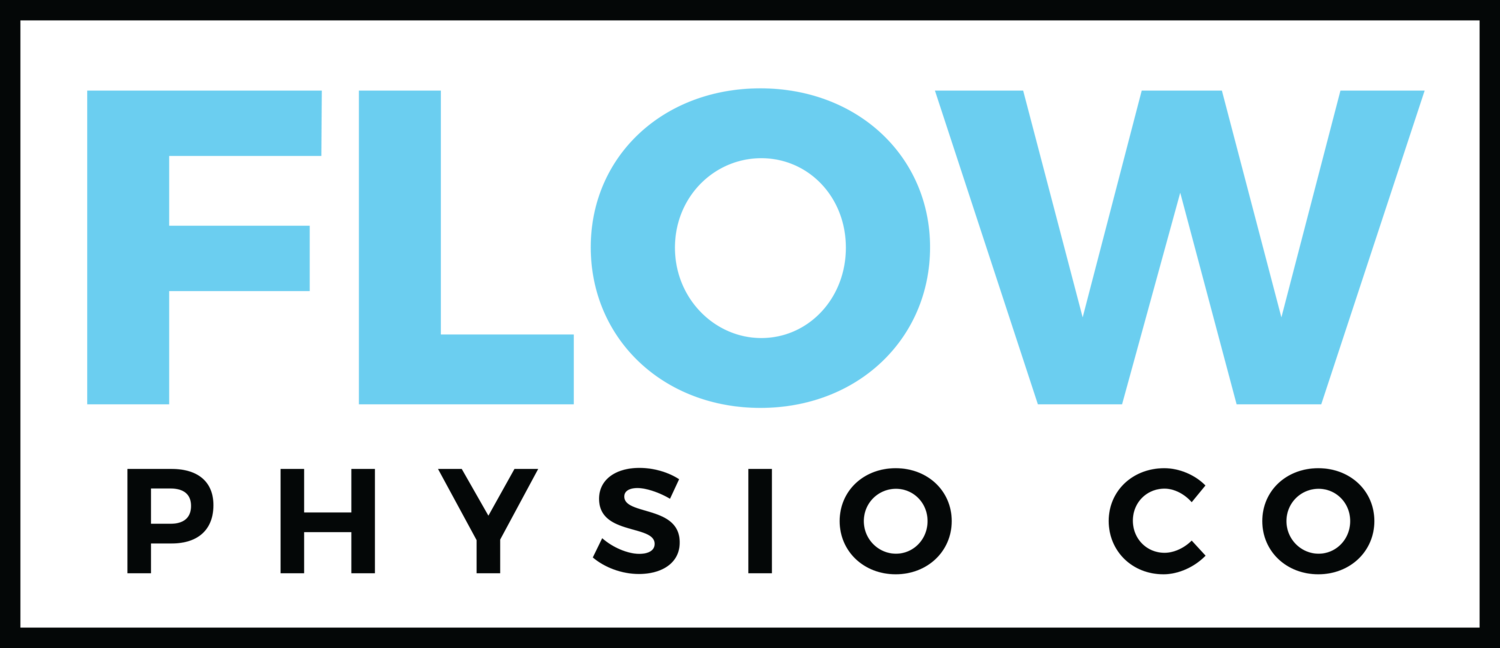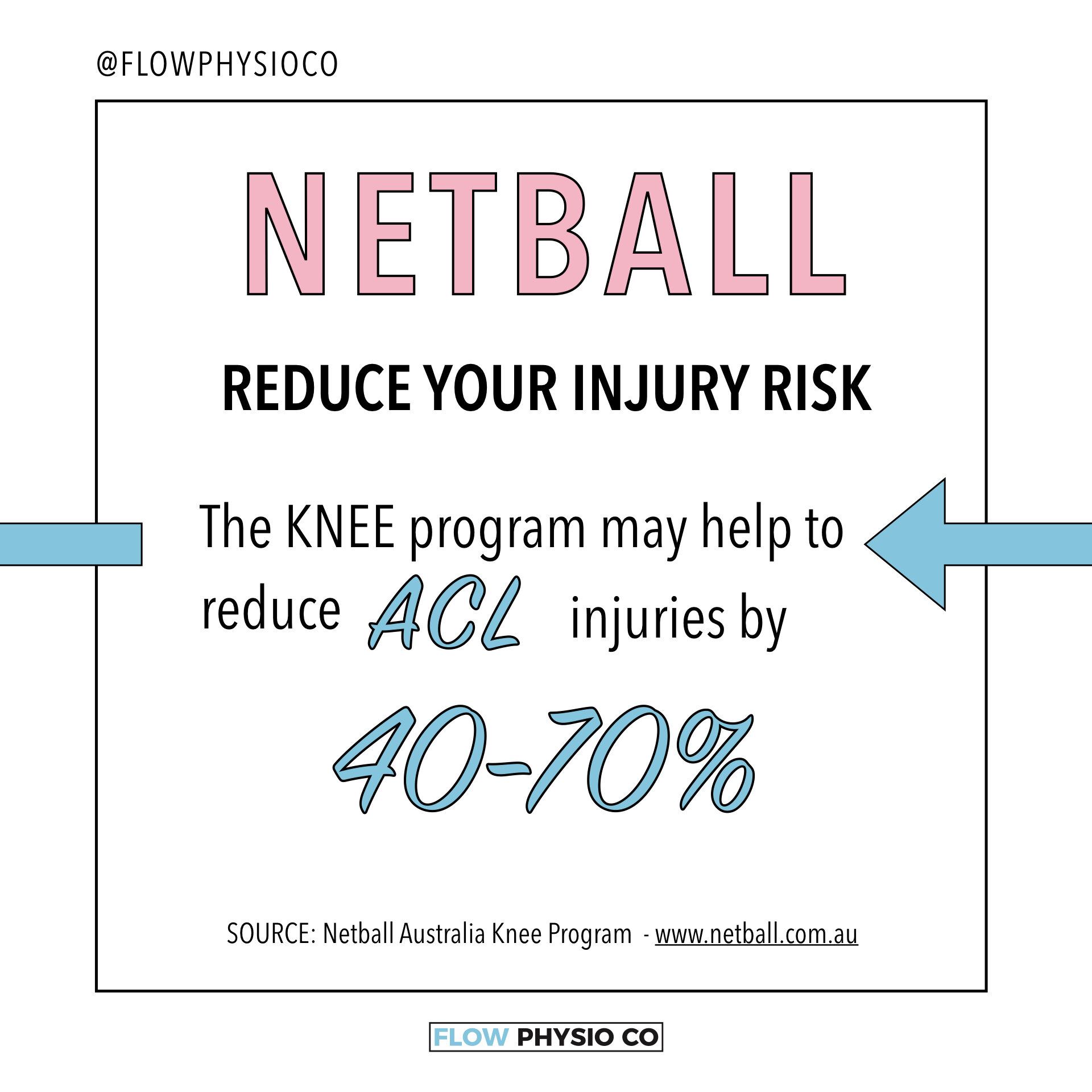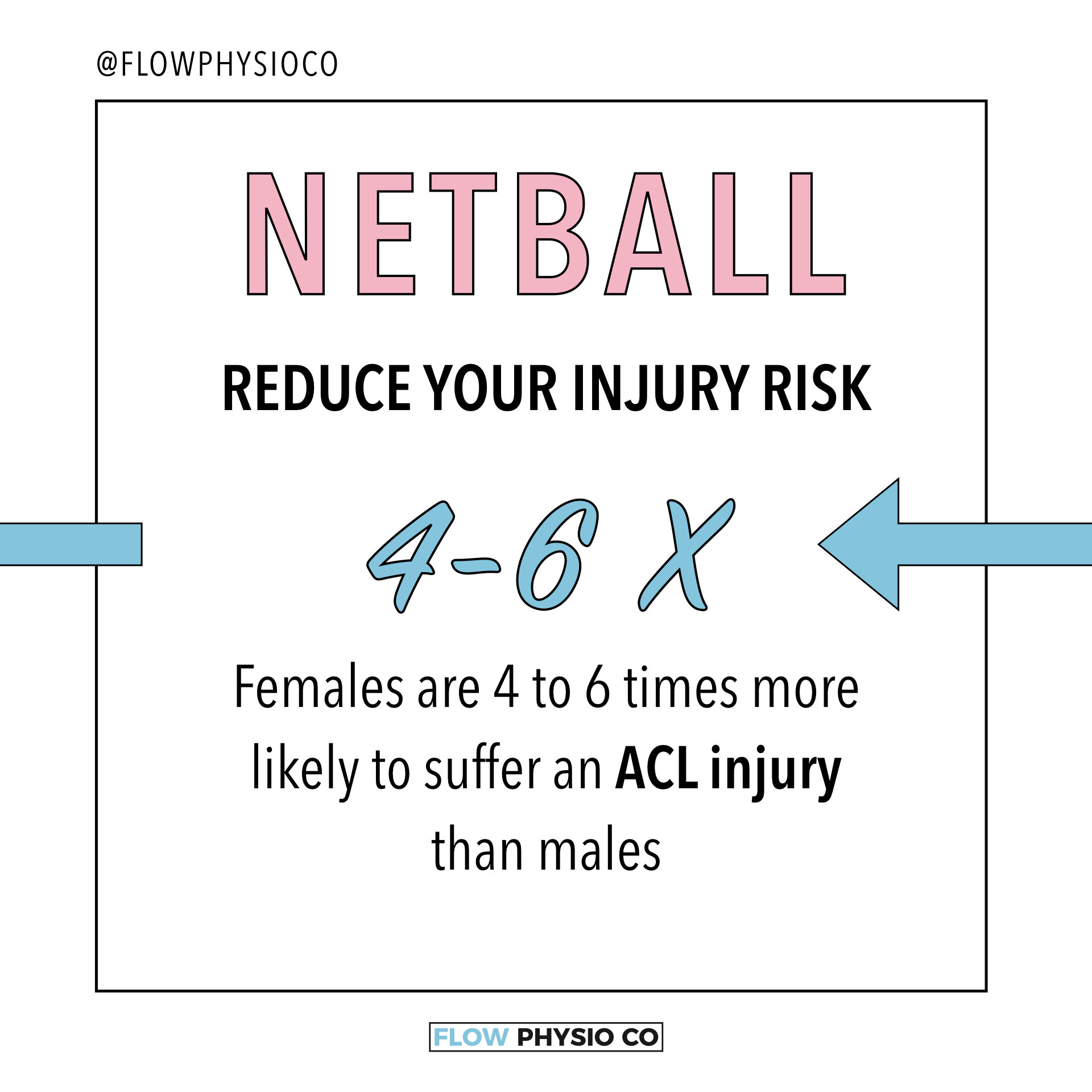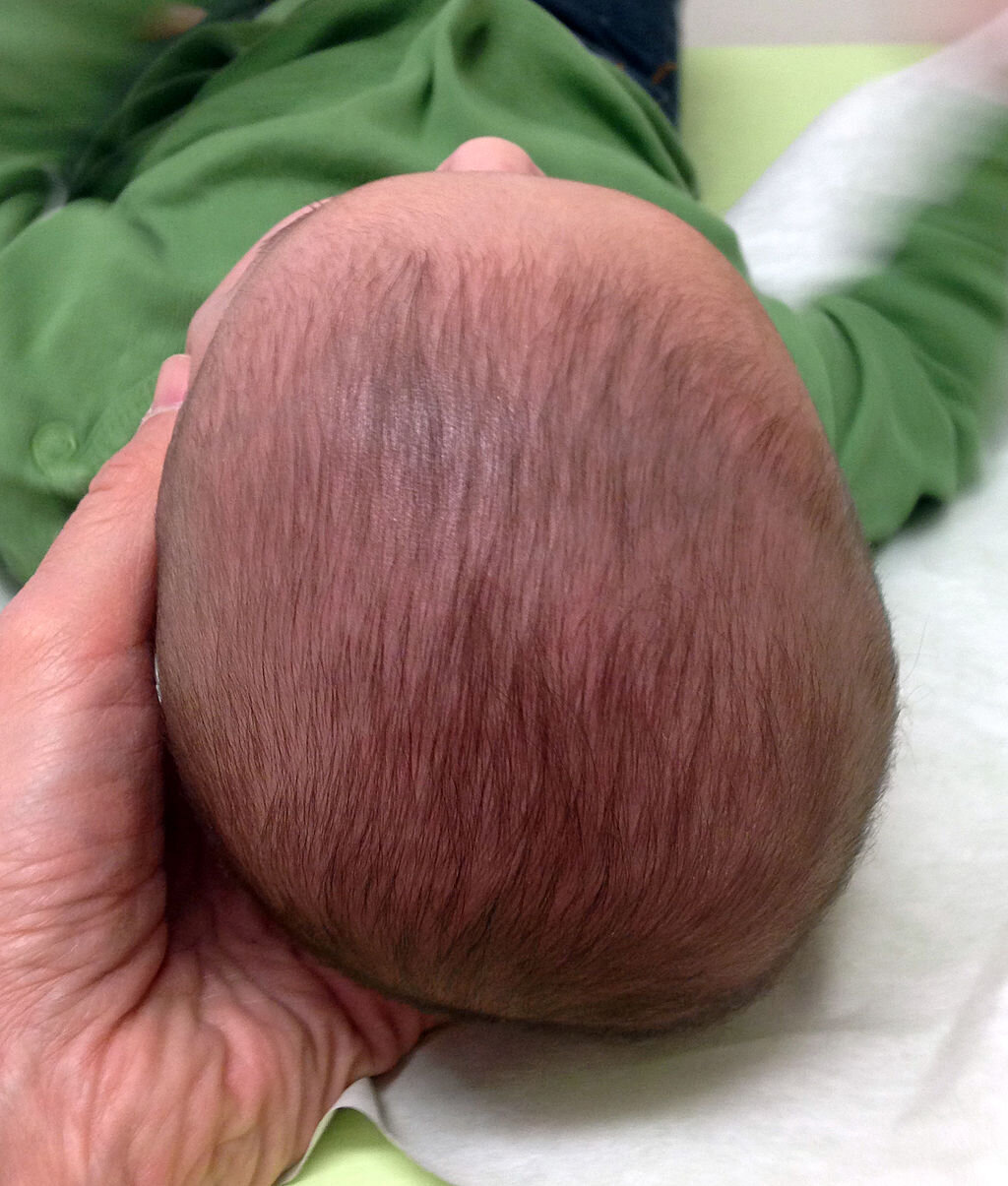Jason & Craig sat down to talk about the Clinical Guidelines for managing Osteoporosis and Osteopenia.
Flow Know Episode 2 - Strength training to reduce injury risk in sport
Craig and Jason sat down this week to talk about why they place such a big emphasis on strength training for their clients and how they can help people bridge the gap to improve their function and performance in sport and life.
Source: Lauersen et al (2018) Strength training as superior, dose-dependent and safe prevention of acute and overuse sports injuries: a systematic review, qualitative analysis and meta-analysis
Flow Knows Episode 1
Craig and Jason introduce themselves, talk about what Flow Knows is all about and discuss a a paper looking at push up capacity and association with cardiovascular disease events.
Netball Knee Program - Reducing injury and improving performance - Physio Sutherland
Joel is a Physiotherapist from Flow Physio Co Sutherland with a passion for helping sportspeople perform at their best. Today he talks through the Netball Australia KNEE Program for improving performance and reducing injury risk.
What is the Netball KNEE Program?
The Netball KNEE program is a court-side warm up to help players prepare to play, move efficiently and land safely. It was designed by Netball Australia and a bunch of experts from various fields for people of all levels.
The goal is to build strength and control of your body in short, sharp movements that are specific to netball. What we’ve seen it do is improve performance and reduce chance of injuries - because you’re stronger, faster and fitter!
Why do the Netball Knee Program?
Knees and ankles are the most common injuries in netballers and most of these injuries occur when landing. The Anterior Cruciate Ligament (ACL) represents roughly 1/3 of serious injuries reported in netballers every year.
The KNEE Program is based on injury prevention programs that have been proven effective in reducing lower limb injuries generally and specifically reducing ACL injuries from 40–70% (Netball Australia).
How can we implement it?
What we want to do at Flow is to provide an individualised exercise program for any netballer that comes into the clinic based on this program. We want to teach you this program to be able to use it as your warm up for training and games to reduce your injury risk and improve your performance on the court.
We would run you through a 1 on 1 assessment, looking at injury history and where you want to improve, then we will design a program individualised for you that you can complete in our group classes here in the clinic.
If you want to use this as a fitness session for you and a few team members, we can organise sessions just for you and your teammates. If you want to work individually on improving yourself, we are happy to work with that too!
Get in touch and we can chat about how it might work best for you!
Does my baby have Plagiocephaly (flat head)? Paediatric Physio Sutherland
Steffi & Jess are 2 Paediatric Physiotherapists from Flow Physio Co Sutherland and today they chat through Plagiocephaly.
What is Plagiocephaly (flat head)?
There are two types of “flat” head, plagiocephaly and brachycephaly.
Plagiocephaly - the back of the head is flat on one side
Brachycephaly - the back of the head is flat
The prevalence of babies getting a flat head has increased with the SIDS (sudden infant death syndrome) guidelines. Babies should be placed flat on their backs to sleep until 12months of age.
Following this guideline significantly reduces the risk of SIDS occurring. We would strongly recommend families to continue to follow this guideline as we have lots of other strategies to promote a round head shape.
What causes a flat head?
The flattening can be because of a few different reasons;
Sleeping flat on their back
Tight neck muscles/a mass in one their neck muscle (torticollis), or
Environment
Example of Plagiocephaly. Photo: Gzzz. Used with permission under license CC BY-SA 4.0
Due to the flattening, you may notice your baby’s ears may not be symmetrical or their forehead may have some bulging. Depending on the significance of this we may suggest more or less intervention.
When a baby is born there are “suture” lines along the skull and small openings called fontanelles, these allow for the baby’s skull to change shape and grow.
There are four sutures and two fontanelles. The fontanelle at the back of the skull closes at around 1-2 months and the fontanelle at the front of the skulls closes at around 9-18 months.
It is important that the fontanelles and sutures don’t close or fuse too early (craniosynostosis). This is something we would check for as it can significantly affect your baby’s head growth/shape/brain development.
What to check/look out for?
Looking at the back of your baby’s head: Does it look symmetrical and round from left to right? Is there flattening on one side?
Looking from the top at your baby’s head: Does it look symmetrical and round? Is there flattening on one side? Does the whole back of head look flat? Are their ears in line with each other? Is one of their ears pushed forward?
Looking at your baby’s face: Is their forehead symmetrical? Does one side of their forward bulge out?
If you notice any of the above, we would love to help give you strategies to improve your baby’s head shape and also assess to ensure early closing of sutures/fontanelles is not occuring.
What can you do?
Try to make all the environments your baby is in to be symmetrical, thinking about:
Cot and pram → do you always approach from the same direction? Try to switch it up, you can even turn your baby around in the cot (making sure to keep their feet at the end of the cot).
Are all the toys on one side? → Try to have them equally placed.
Do you think your baby has torticollis?
Check to see if they can look in both directions by gently turning their head. You can use a toy to guide their movement.
We can help show you which stretches are most important.
It is important that you are shown the correct stretches and do them gently.
Play
When your baby is awake, place them on their tummy.
This is the best position for development early in life
Make sure you supervise them when doing tummy time
Provides little or no pressure on the head
Steffi & Jess are 2 SENIOR Paediatric Physiotherapists WHO RUn OUR PAEDIATRIC SERVICE from Flow Physio Co Sutherland.
To book an appointment with Steffi or Jess, click the button below.
Source: Conservative interventions for positional plagiocephaly: a systematic review. Andrea E Bialocerkowski (a1), Sharon L Vladusic (a2) and Stephanie M Howell (a2) Volume 47, Issue 8. August 2005 , pp. 563-570





